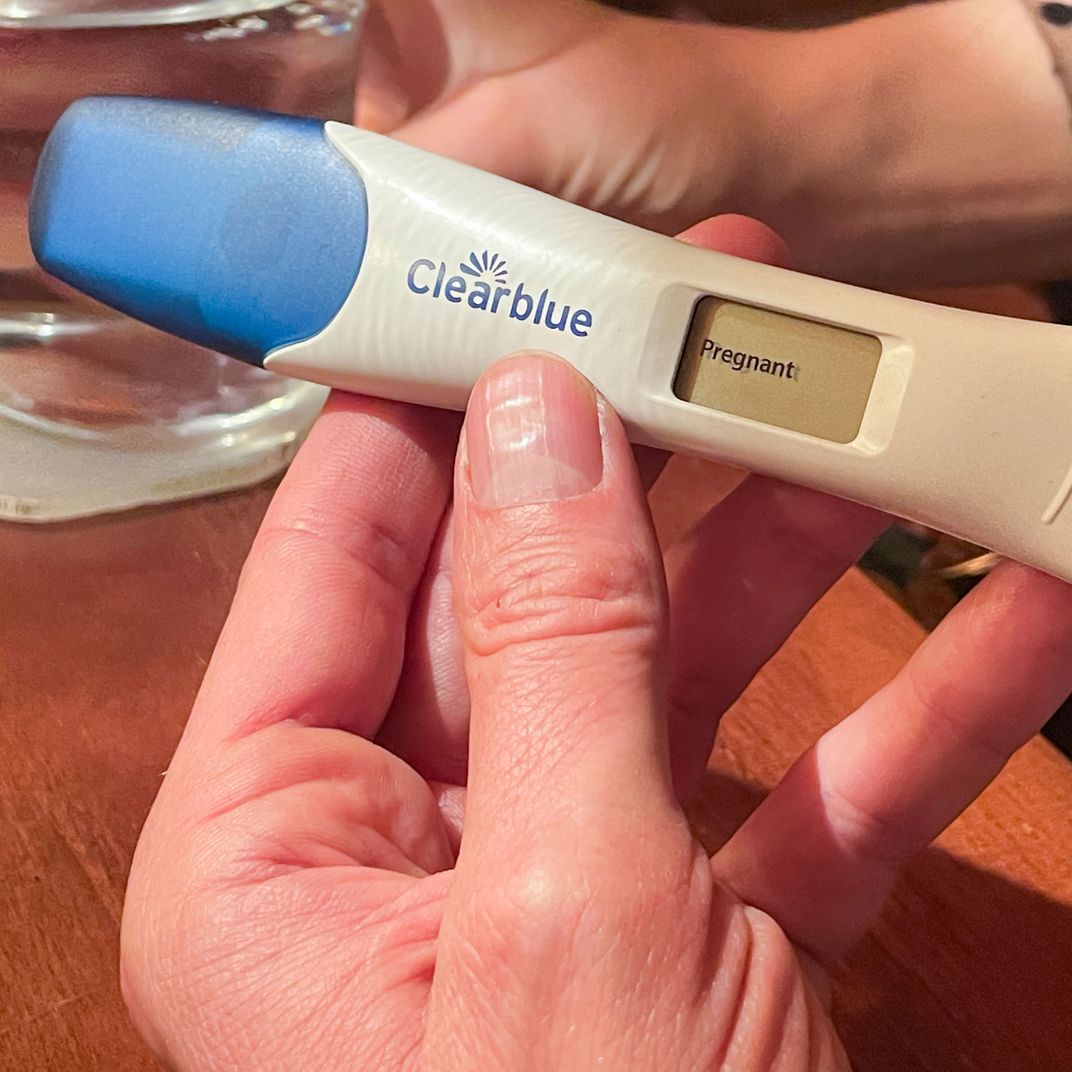Pics Of Miscarriage Tissue At 4 Weeks: A Sensitive And Informative Guide
**Let’s talk about something that’s not always easy to discuss—miscarriage. If you’re here, chances are you or someone you care about is navigating this deeply personal and emotional journey. Seeing pics of miscarriage tissue at 4 weeks might be part of your search for understanding, clarity, or even reassurance. And trust me, that’s okay. This topic is heavy, but knowledge can bring comfort—and that’s exactly what we aim to do here. So grab a cup of tea, settle in, and let’s dive into the details you need to know.
Miscarriage is more common than many people realize, yet it remains shrouded in stigma and silence. For those who have experienced it, seeking information like pics of miscarriage tissue at 4 weeks can feel like a lifeline—a way to make sense of what happened and prepare for what comes next. In this article, we’ll explore this topic with sensitivity, providing answers, resources, and support every step of the way.
Before we go any further, I want to acknowledge that discussing miscarriage isn’t easy. It’s raw, it’s real, and it’s incredibly personal. But it’s also important. By understanding what happens during early pregnancy loss, you can better navigate your own experience or support someone going through it. Let’s get started.
Read also:Gulfstream Picks Ai Revolutionizing The Future Of Aviation
Understanding Miscarriage at 4 Weeks
First things first—what exactly happens during a miscarriage at 4 weeks? At this stage, the embryo is still developing, and the tissue expelled may not look like what you might expect. For many, seeing pics of miscarriage tissue at 4 weeks can help demystify the process and provide some closure. But let’s break it down further.
At 4 weeks, the pregnancy is still very early. The fertilized egg has implanted in the uterine lining, and the body begins producing hCG (human chorionic gonadotropin), the hormone that indicates pregnancy. However, if the pregnancy doesn’t progress as expected, the body will eventually recognize this and begin to shed the tissue.
Here are some key points to keep in mind:
- Miscarriage at 4 weeks is often referred to as a "chemical pregnancy."
- The expelled tissue may appear similar to menstrual blood, with small clots or grayish material.
- Every person’s experience is different, so it’s important not to compare yourself to others.
What Does Miscarriage Tissue Look Like at 4 Weeks?
When people talk about pics of miscarriage tissue at 4 weeks, they’re usually referring to the physical evidence of the pregnancy loss. While everyone’s experience is unique, there are some common characteristics to look out for:
The tissue may appear as:
- Dark red or brown blood clots.
- Small, grayish sacs or tissue fragments.
- Lighter menstrual-like flow with occasional clumps.
It’s worth noting that not everyone will see distinct tissue, especially at such an early stage. The body is incredibly efficient at processing and expelling what it no longer needs, and sometimes the signs are subtle.
Read also:Pepsi Jobs In Orlando Your Ultimate Guide To Landing Your Dream Job
Why Do People Look for Pics of Miscarriage Tissue?
People seek out pics of miscarriage tissue at 4 weeks for various reasons. Some want to confirm that what they’re experiencing aligns with others’ experiences, while others seek reassurance that what they’ve seen is normal. Whatever the reason, it’s clear that there’s a need for more open conversations and accessible information on this topic.
Here are a few common motivations:
- Validation: Seeing pictures can help confirm that what you’re experiencing is part of the natural process.
- Education: Understanding what miscarriage tissue looks like can prepare you for what to expect.
- Support: Knowing that others have gone through similar experiences can provide emotional comfort.
While pictures can be helpful, it’s essential to approach them with caution. Not all images are accurate or representative, so it’s crucial to seek information from trusted sources.
Where Can You Find Reliable Resources?
When it comes to finding pics of miscarriage tissue at 4 weeks, it’s important to prioritize reliable and compassionate sources. Some options include:
- Medical Websites: Platforms like the American Pregnancy Association or Mayo Clinic offer detailed information and images.
- Support Groups: Online communities can provide firsthand accounts and visual references.
- Healthcare Providers: Your doctor or midwife can offer guidance and resources tailored to your situation.
Remember, not all images are created equal. Stick to reputable sources to ensure the information you’re consuming is accurate and respectful.
Emotional Impact of Miscarriage
Miscarriage isn’t just a physical experience—it’s an emotional one, too. Seeing pics of miscarriage tissue at 4 weeks might bring up a range of feelings, from grief to confusion. And that’s perfectly normal. Allowing yourself to process these emotions is an essential part of healing.
Here are some tips for managing the emotional impact:
- Talk About It: Share your experience with trusted friends or family members.
- Seek Support: Consider joining a support group or speaking with a counselor.
- Give Yourself Time: Healing takes time, and it’s okay to grieve in your own way.
Remember, you’re not alone. Millions of people have experienced miscarriage, and there’s a growing movement to break the stigma surrounding it.
Common Emotional Reactions
It’s important to recognize that everyone reacts differently to miscarriage. Some common emotional responses include:
- Sadness or grief.
- Shock or disbelief.
- Guilt or self-blame (even though it’s not your fault).
- Relief (in some cases, especially if the pregnancy was unplanned).
Whatever you’re feeling, it’s valid. Allow yourself the space to process your emotions without judgment.
Physical Symptoms of Miscarriage at 4 Weeks
Alongside the emotional toll, miscarriage at 4 weeks can also bring physical symptoms. While these vary from person to person, some common signs include:
- Heavy bleeding or clotting.
- Cramping or abdominal pain.
- Decreased pregnancy symptoms (e.g., no more nausea or breast tenderness).
If you’re experiencing any of these symptoms, it’s important to reach out to your healthcare provider. They can confirm whether a miscarriage has occurred and guide you through the next steps.
When to See a Doctor
While miscarriage is a natural process, there are times when medical intervention may be necessary. Seek immediate medical attention if you experience:
- Severe pain or cramping.
- Heavy bleeding that soaks through more than one pad per hour.
- Fever or chills, which could indicate infection.
Your doctor can assess your condition and provide appropriate care, whether that involves medication, a procedure, or simply monitoring your recovery.
Healing After Miscarriage
Healing after miscarriage is a journey, and it looks different for everyone. Whether you’re focused on physical recovery or emotional healing—or both—there are steps you can take to support yourself during this time.
Here are some strategies for healing:
- Rest: Give your body the time it needs to recover physically.
- Connect: Reach out to loved ones or support groups to share your story.
- Reflect: Journaling or creative expression can help process your emotions.
Remember, healing isn’t linear. Some days will be harder than others, and that’s okay. Be gentle with yourself and celebrate small victories along the way.
When Is It Safe to Try Again?
If you’re considering trying for another pregnancy after a miscarriage, it’s important to consult your healthcare provider. While some people feel ready to conceive again within a few months, others may need more time to heal physically and emotionally.
Your doctor can provide personalized guidance based on your unique situation. In general, most healthcare providers recommend waiting at least one menstrual cycle before trying to conceive again.
Supporting Someone Through Miscarriage
If someone you care about is going through miscarriage, your support can make a world of difference. Here are some ways to be there for them:
- Listen: Sometimes, the best thing you can do is simply listen without judgment.
- Offer Help: Whether it’s running errands or cooking meals, practical support can be incredibly meaningful.
- Respect Their Process: Everyone grieves differently, so honor their journey without imposing your own expectations.
By showing up with empathy and understanding, you can help your loved one feel seen and supported during a difficult time.
Breaking the Stigma
Miscarriage is a deeply personal experience, but it’s also a shared one. By talking openly about it, we can break down the stigma and create a safer space for everyone to heal. Whether through sharing your story, supporting others, or advocating for greater awareness, every action counts.
Let’s work together to normalize conversations around miscarriage and ensure that no one feels alone in their journey.
Conclusion
Miscarriage is a complex and deeply personal experience, and seeking pics of miscarriage tissue at 4 weeks is just one way to gain understanding and clarity. By educating ourselves, supporting one another, and breaking the stigma, we can create a more compassionate world for everyone navigating this journey.
Remember, you’re not alone. Millions of people have walked this path before you, and countless resources are available to guide you through it. Whether you’re healing physically, emotionally, or both, take it one day at a time—and don’t hesitate to reach out for help when you need it.
So, what’s next? Share your thoughts in the comments below, or let me know if there’s anything else you’d like to learn about. Together, we can continue the conversation and support each other every step of the way.
Table of Contents
- Understanding Miscarriage at 4 Weeks
- What Does Miscarriage Tissue Look Like at 4 Weeks?
- Why Do People Look for Pics of Miscarriage Tissue?
- Where Can You Find Reliable Resources?
- Emotional Impact of Miscarriage
- Common Emotional Reactions
- Physical Symptoms of Miscarriage at 4 Weeks
- When to See a Doctor
- Healing After Miscarriage
- When Is It Safe to Try Again?
- Supporting Someone Through Miscarriage
- Breaking the Stigma


